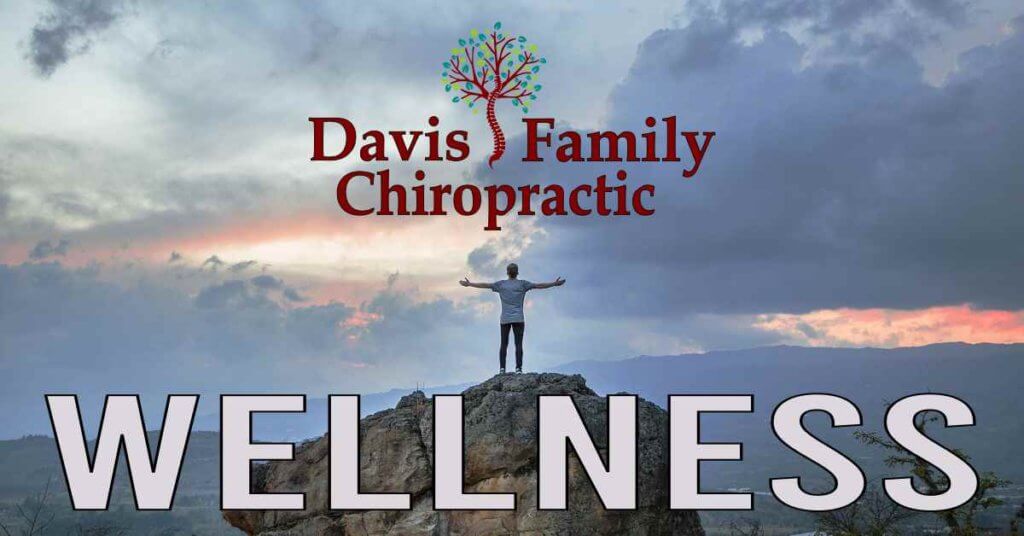Portion control is usually one of the first steps you can take to reach a more healthy lifestyle. Many people over-eat because we continually see large portions of food presented to us at restaurants and through advertising. You also need to understand how the FDA regulates the labeling of food, and what that means for you, a unique individual with unique nutrition needs.
Serving Size is not Portion Control
Too many people are tricking themselves with this topic! Let’s dive in and set some things straight when looking at “nutrition” labels in the United States. The recommended serving size (required by law) on every package of food we consume is not the best indicator of how much we should eat. People often misguidedly think that the serving size is the amount of that particular food we should eat in one sitting or for one day. IT IS NOT!
By law, serving sizes must be based on the amount of food people typically consume, rather than how much they should consume.
So, how does that help you? You are not a “typical person”! You are a unique person with unique nutritional needs based on many factors including height, weight, age, physical activity and gender.
We can use serving size to help us read nutritional labels and understand how the foods we consume affect our dietary needs. Take a look at the amount of calories per serving size. If there are, say, 250 calories per serving size for a particular food, but that’s more calories than you should intake for that particular food group in a day, then you should eat less than the serving size. Remember, these serving sizes have nothing to do with you being healthy, they only reflect typical amounts the average person consumes.
Portion control, on the other hand, is the process of making sure that amount of food you eat is not too large. Below are several helpful quick tips for portion control:
Quick Tips for Portion Control
- Cook for yourself – it’s truly the only way to have first-hand control over what goes into your body. Granted it may taste way more yummy and take less work, but eating out at restaurants often is not very healthy. They tend to use too much salt and butter!
- Read nutrition labels – you should familiarize yourself with nutrition labels because they tell you everything you need to know about the foods you’re about to eat.
- Look for labels with relatively few ingredients and ask yourself, “Is this something I would use to cook with in my own kitchen?”.
- Avoid foods that contain ingredients labeled as “hydrolyzed” or “modified” and anything that ends in “-ose” (like fructose).
- Look for foods with “whole grains” and “whole wheat”.
- If the food is high in calories, make sure the saturated fats and sugar levels are low. This means the calories are coming more from the fiber and lean proteins instead.
- Keep sodium levels as low as possible. Your body only needs about 250 mg (yes, milli-grams) of sodium each day to function.
- Measure your food and meal prep – make good use of kitchen scales, measuring cups, and meal prep containers. Dividing and freezing leftovers in appropriate amounts helps you stay on track with portion sizes.
- Know your macros – macronutrients, or macros, in food determine the quality of the food in terms of caloric intake. The three macronutrients are carbohydrates (carbs), proteins, and fats. 1 gram of carbohydrates or protein is equal to 4 calories, where as 1 gram of fat equals 9 calories. Check out our blog post on macronutrients to learn more.
- Eat your veggies – greens and vegetables should be enjoyed with every meal. They add valuable nutrients and are quite filling leading you to eat more appropriate portions of carbs and protein.
- Know the truth about weight loss – I’m throwing this one in here for those of us interested in either maintaining or losing weight. We are bombarded with false statements and outright lies when it comes to weight loss marketing. There is no magic pill and you can’t lose a ton of weight really fast (in a healthy way). The reality of it all is in order to be healthy while losing weight, you need to go slow and steady. Drastic changes to your eating habits will undoubtedly lead to failure. The best method for weight loss is gradual weight loss over time as part of a healthy, well-balanced lifestyle, not to restrict your calories so much that you’re miserable. Slowly reduce your portion sizes to get your mind and your body used to the smaller portions.
- Drink more water – we tend to eat more when we are dehydrated. If you eat a correct portion of food, but still feel hungry, try drinking a glass of water and waiting 30 minutes. Tell me if you’re still hungry after that… 😊.
- Slow down! – Eat more slowly to give your stomach time to send the “I’m full” signals to your brain. The longer you take to eat your food, the more full you’ll feel before you finish, which will help you eat what you need and not over-eat.
Try Our Natural Fit Program for Weight Loss
Dr. Davis has formulated a great weight loss tool which we offer to our patients called the Natural Fit Program. Our program is all about supporting the body with good nutrients while cutting out foods that are high in sugar and fats. We can even individualize the program for your specific needs. Our goal is to help everyone learn healthy eating habits so that they do not struggle with the rollercoaster of fad diets. We know that weight loss patients succeed in losing weight and maintaining a healthy weight through actively changing the way they think about their eating habits. Make no mistake, YOU are the key to success, it’s not the “miracle” drug or supplement shake that should get the credit. It’s all about will power, and we’re here to support you.



